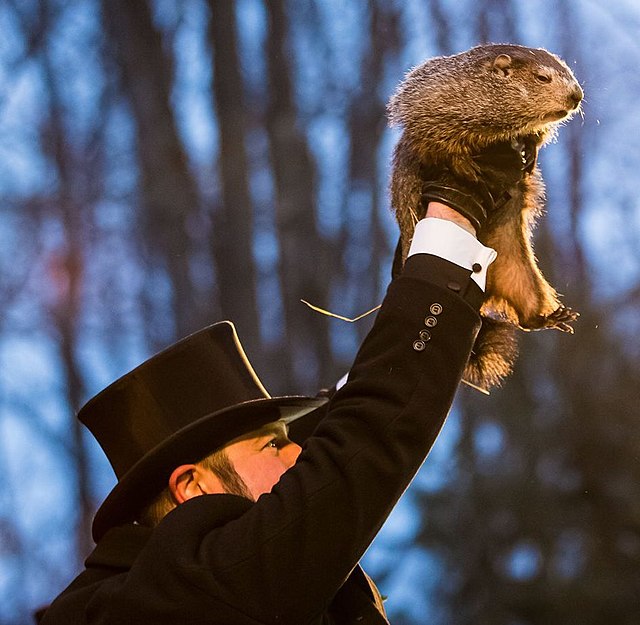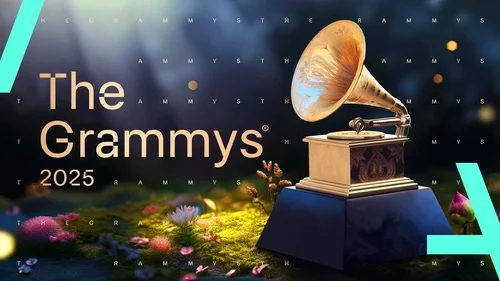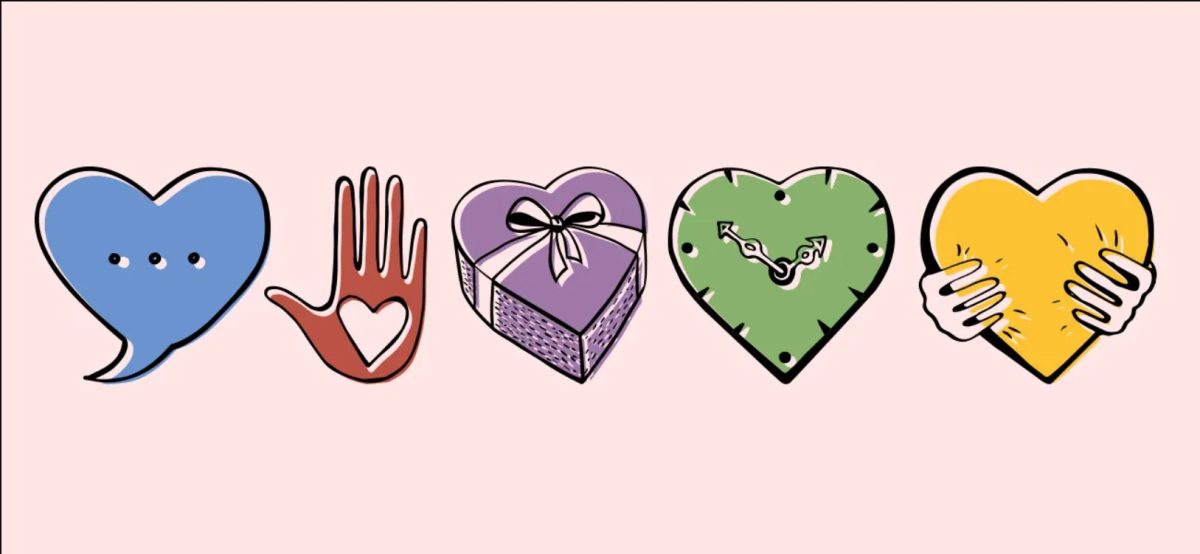As the holiday season approaches, shimmering flakes begin to fall lightly from the winter sky. These crystals are iconic winter symbols with their unique geometric shapes.
Snowflakes are intricate natural phenomenons with more detail than what meets the naked eye. Though seemingly simple, there are many misconceptions.
When people imagine snowflakes, they’re probably picturing the classic hexagonal design. However, snowflakes generally refer to all the different kinds of winter precipitation. Snow crystals are specifically the individual, iconic shapes.
“To me they’re so pretty because not one flake is the same,” sophomore El Urso said.
Another misconception is that snow crystals are frozen water, but that’s sleet or freezing rain. Snow crystals are made as water vapor turns directly into ice, never becoming water.
“Each water droplet takes a unique path as it falls to the ground,” science teacher Joshua Hardie said. “Each experiences different temperatures and concentration of humidity and pressure that decide what shape it takes on.”
A snow crystal is a uniquely organized combination of hydrogen and oxygen molecules. The temperature and humidity surrounding the process will alter its detailed designs, but due to the internal formations of the molecules, the crystal will always be six-sided. Beyond the basic branch shape, outside effects can create columns, splates, dendrites and needles.
“As water vapor starts condensing on its surface, the ice particle quickly develops facets, thus becoming a small hexagonal prism,” Caltech physicist Kenneth Libbrecht said. “For a while it keeps this simple faceted shape as it grows.”
Though each snow crystal is different at its core, the relative shapes can be organized into eight broad categories, including column crystals and plane crystals according to researcher and science blogger Andy Brunning. Studies show that snow crystals aren’t as unique as widely thought.
“Whilst no one snowflake is exactly the same as another, at least on a molecular level, scientists have none-the-less devised a system of classification for the many types of crystals that snow can form,” Brunning said.
From sledding to snowmen, these crystals are staple symbols of the winter season. To Urso, who loves the holidays, they represent this time of celebration.
“When winter decorating [I] use almost all snowflakes,” Urso said. “They make me feel warm and fuzzy inside despite the cold. Once snowflakes appear, in my mind, Christmas has begun.”





